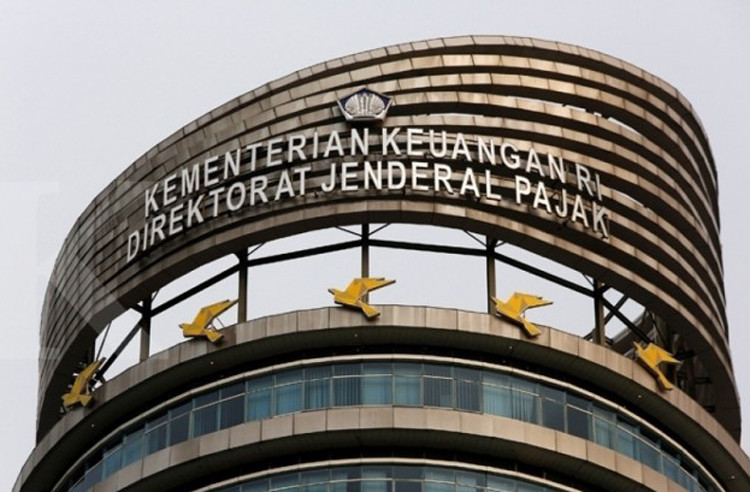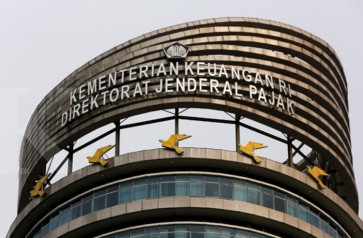Popular Reads
Top Results
Can't find what you're looking for?
View all search resultsPopular Reads
Top Results
Can't find what you're looking for?
View all search resultsA comprehensive tax reform
Change text size
Gift Premium Articles
to Anyone
W
hen hearing a proposal for tax reform, people tend to expect tax rate cuts. This standpoint, even if it is not without solid reasoning, should be challenged as it does not cover a fair and comprehensive assessment of fiscal policy effectiveness.
Tax rates could be the main reason for Indonesia’s low and declining tax-to-domestic-gross-product (GDP) ratio from 13.61 percent in 2013 to 11.42 percent in 2018. Theoretically, as articulated by the so-called Laffer Curve, the relationship between tax rates and tax revenue can be illustrated by a bell-shaped curve. It correlates positively in the beginning, but after reaching a point, a higher tax rate can be counterproductive to tax collection. The latter is suggested as the phase Indonesia is currently in.
Add the fact that Indonesians’ income per capita has been growing during the same period, that rationale is not so wrong, as evidenced by Indonesia’s relatively wide “tax gap”, which is the gap between potential and realized tax collection. A wide tax gap represents that our tax collection is far from optimal.
Another supporting factor in regard to the above hypothesis is the fact that there are a substantial amount of Indonesian assets parked offshore. As we recall back in 2014, the estimated size of these assets was put at around US$250 billion. Based on high-level surveys conducted by international institutions, 14 percent of these asset owners state that tax advantages are among the reasons why they place the assets overseas.
In comparison with other countries, Indonesia’s corporate income tax rate is indeed the second-highest in the ASEAN-5 region while the personal income tax rate is quite moderate — still lower than the Philippines and Thailand.
If one digs into macrolevel data, this can also be confirmed by Indonesia’s relatively high savings rate, which is not accompanied by a similarly deep financial sector. Our primary income account, which is the flow of proceeds from business and financial activities, has also always recorded a high deficit. This is the rationale behind regulations that incentivize the repatriation of export proceeds to Indonesia.
However, viewing tax policy in a vacuum is not necessarily the best approach. If we take one step back, tax is just one element out of many that involve individual transfers to and from the government. Aside from paying tax, individuals also receive direct benefits. Social assistance in Indonesia is considered high among the ASEAN-5 region, with an increasing trend — growing from 0.4 to 4 percent of GDP between the 2013 and 2019 fiscal years.


















